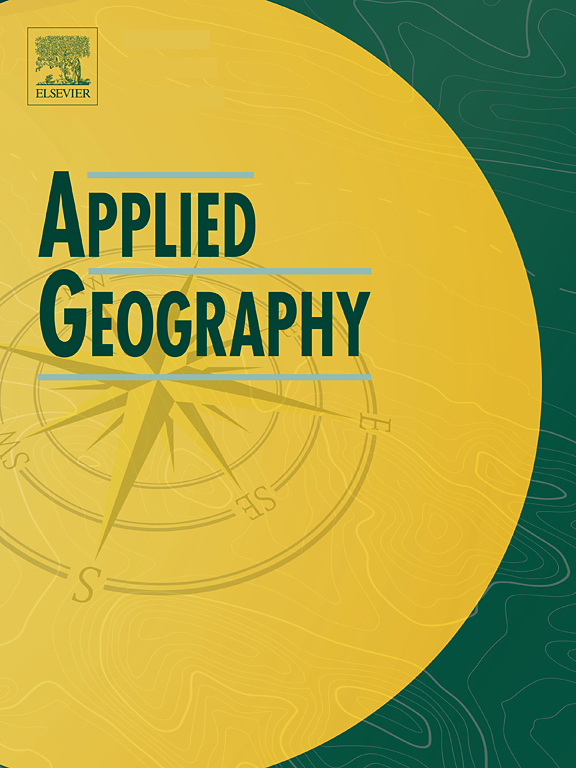|
|
Mega-urbanization, territorial fragmentation and social inequality in the Global South: The case of Mexico city and its city-region Adrián Guillermo Aguilar y Josefina Hernández Lozano Volume 163 | 2024 | doi.org/10.1016/j.apgeog.2023.103183 Cítese como: Aguilar AG and Hernandez J (2024). Mega-urbanization, territorial fragmentation and social inequality in the Global South: The case of Mexico city and its city-region. Applied Geography. Vol. 163 (2024). doi.org/10.1016/j.apgeog.2023.103183 |
|
ABSTRACT City-regions have become the new dominant form of urbanization in both developed and developing countries, comprising a polycentric network of multiple cities of assorted sizes. However, urbanization does not occur uniformly within the city-region, creating several types of territorial inequalities. This study argues that there is a lack of city-region studies in Latin America for analysing these internal inequalities, expressed, among other aspects, in fragmented land occupation, highly differentiated economic decentralisation, and marked social-urban-rural and urban-urban inequalities. The city-region territory represents a fragmented, divided territory in an urban-rural, social, and economic sense. The main findings of this study of Mexico City's city-region point to the fact that globalization dynamized the economic development of metropolitan zones and second-tier cities, yet that its effect on rural areas was limited. It has created a clear territorial distinction between its main urban and rural territories, with the latter effectively becoming poor regional peripheries. Economic advantages have favoured metropolitan areas through the decentralisation of manufacturing and knowledge-intensive services, excluding small cities and rural areas from this economic model. The last two are the clearest losers in this process since they are associated with places with the most obvious disadvantages and the most marked social inequalities. Rural areas have low productivity and incipient industrialisation, and expel the migrant population, whereas metropolitan peripheries have high levels of social marginalisation.
Mexico city, City-regions, Metropolisation, Territorial fragmentation, Social inequality
|






